When we booked up to see exhibits from the Chinese Terracotta Army at Liverpool's World Museum, I decided that I would like to re-visit Calderstones Park, a place we used to visit as students. The park is about half a mile from where we were students at Liverpool Hope. It is hard to think that this lovely peaceful place is in a city.
Calderstones Park is in South Liverpool and covers 126 acres of land. It is a large family park, beautifully maintained with lots to do. There is a children's play area, a café, an old mansion, a lake and green spaces. Best of all Calderstones Park is home to the ancient Allerton Oak and also the Calder Stones, Neolithic (new Stone Age) stones found nearby.
Calderstones Park is having a Heritage event in autumn 2018 and so it will be well worth a visit.


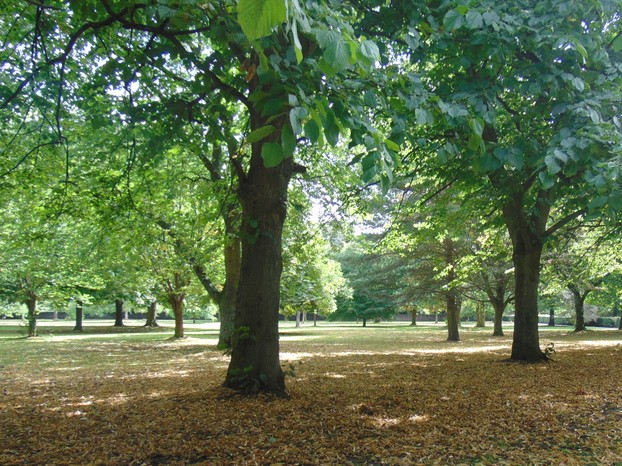
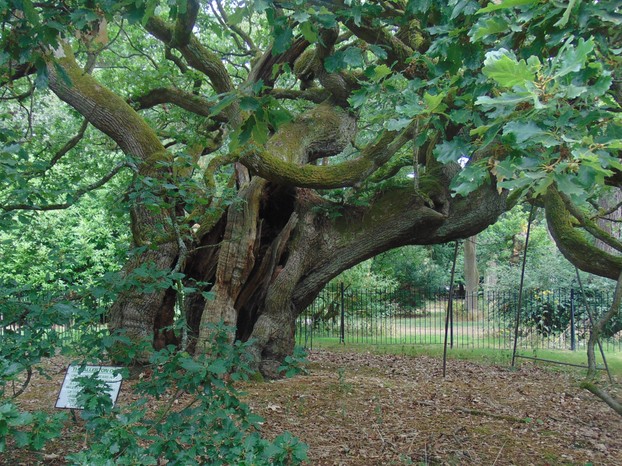
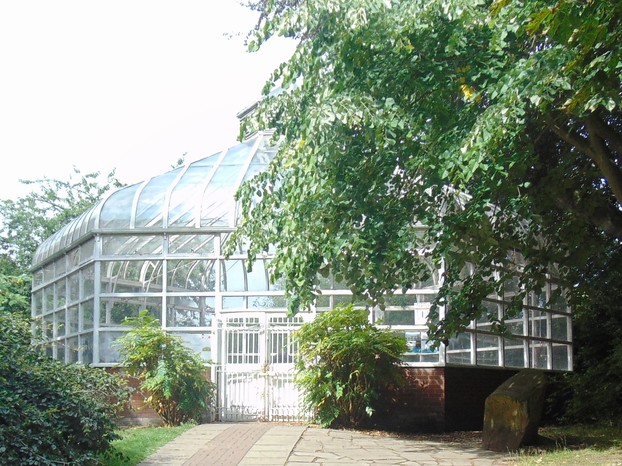
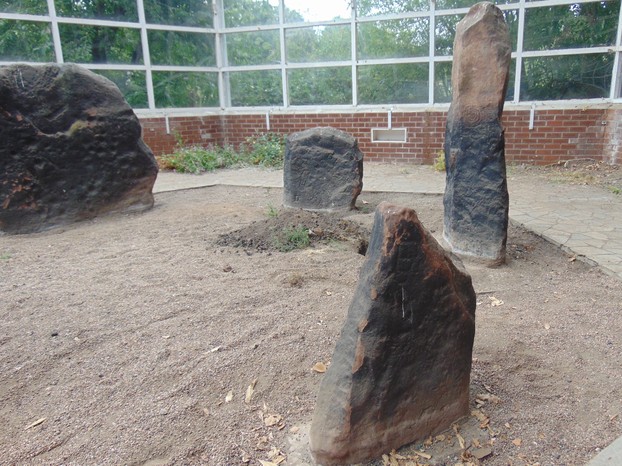
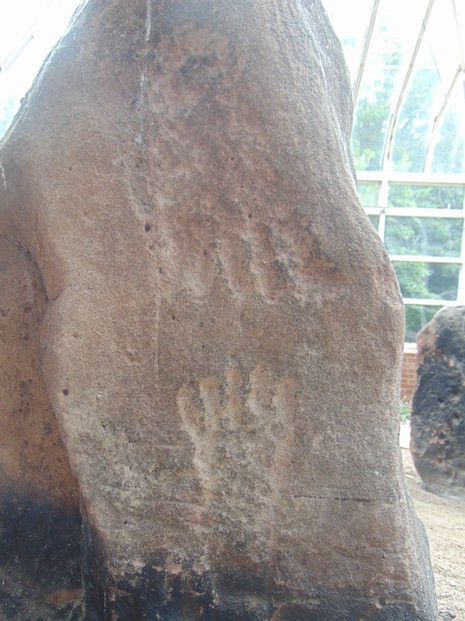
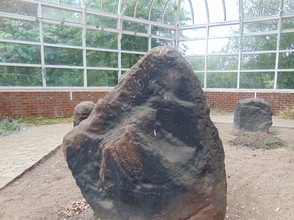
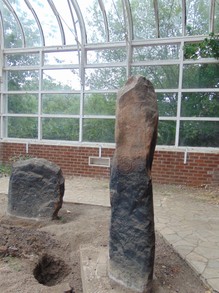
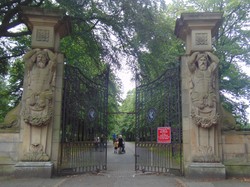

 Blarney Castle and Gardens, County Corkon 06/01/2023
Blarney Castle and Gardens, County Corkon 06/01/2023
 An Cóbh, Corcaigh, Eireon 05/29/2023
An Cóbh, Corcaigh, Eireon 05/29/2023
 Dublin ; The Book of Kellson 04/04/2023
Dublin ; The Book of Kellson 04/04/2023
 The Bee Tree Community CIC;- an online support communityon 08/24/2022
The Bee Tree Community CIC;- an online support communityon 08/24/2022
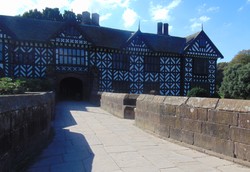
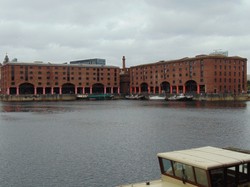
Comments
An interesting question but that is not my speciality. Sorry D.
Thank you for your comment below, on Aug. 25, 2018, in answer to my previous, same-day observation and question.
Google images indeed contain considerations of the Liverpool Giant Puppets.
Online information describes their component parts, such as the girl and the uncle of lime and poplar wood and of steel and the dog of papier-mâché and steel.
It surprises me that the girl should get horse hair for hair.
How would that hair have wended its way from a horse -- alive, already dead, euthanized for the purpose? -- to a puppet?
That's interesting about the Baobabs.. I hadn't known about those. Thankyou.
Calderstones House is the mansion and it is still be restored so it wasn't be ready by Spring.
I would think it will be open by the Heritage days on Sept 13th and Sept 14th. The Development Officer wants it used for school events.
If you Google Image for Liverpool Giant Puppets you will see how Giant Puppets parade through the streets at festival times. They bring millions of pounds into the city from visitors.
Veronica, Thank you for the images and information. What are the giant puppets? Is the mansion Calderstones House? Wikipedia lists Calderstones House reopening in spring 2018 as The Reader's International Centre for Shared Reading. The Allerton oak photographs so massively that if I'm ignoring the small but signature details of color and foliage and not looking carefully or lengthily at the overall impact, it somewhat makes me think of Africa's and Australia's baobabs.
Good Morning Tolovaj (from my most favourite country Slovenia. : ) )
Thank you. It is indeed a beautiful park but it is made extra special because of the Calder Stones and the Allerton oak. All parks have their charms but Calderstones Park in Liverpool has the edge because not only is it beautiful, it has these extra attractions.
There is an open heritage event week commencing Sept 10th with open days 13th and 14th Sept .
It's great to see Liverpool has so much to offer. People living outside of England can only think of The Beatles (and Frankie Goes to Hollywood and Dead or Alive and Atomic Kitten maybe) and of course The Reds, one of the most famous sport clubs ever. Seeing such a beautiful park is refreshing and inspiring. Photos are sensational.
That's great I can sue all this information ty .
For your fossil workshops: footprints are only preserved when the ground is soft, but not so soft that they are easily erasable. That is why mud is ideal. But the mud needs to be quickly swamped and covered with something softer, such as sand or maybe silt. Then compression needs to happen. Then over time the soft material must be eroded away to reveal the prints.
Sand is the worst for footprint preservation,. Think of it. The footprints that you leave on a beach are erased with the next tide or filled in during a sandstorm. Once rock is hardened it is too late for imprinting.
Right across our area [including Liverpool] in fact across much of lowland Britain, the rock is New Red Sandstone, formed when a massive desert developed during the Triassic period 230 million years ago. This desert formed when the continents of the world had coalesced into one supercontinent, Pangaia [All Earth.] A supercontinental climate would have developed, with summers so scorchingly hot that no life could have survived. Life merely clung on at the continental margins, such as beaches. That is why we get no fossils in the local sandstone. It was during this period that the Cheshire salt deposits were laid down as lakes dried up and evaporated. Old Red Sandstone formed in the earlier, Devonian period and is found in Devon.
The oldest human fossils [bone, footprints] are found in Africa from about two to three million years ago.
If you want a fossliiferous location in easy reach go the the Great Orme in Llandudno, Wales, where the rock was formed during the Carboniferous period in a shallow ocean. The quarry on the Orme is fossil-rich.In our region fossils are also found in coal measures, but they are not at the surface.
I have two websites for you dealing with Calderstones.
www.atlasobscuraa.com/places/the-cald...
www.megalithic.co.uk/article-php?sid=...
I am sure the archaeologists who have studied them are aware of all this. TY .
Wow BSG , that's excellent information . Thank you for this. I can use this in our fossil workshops.